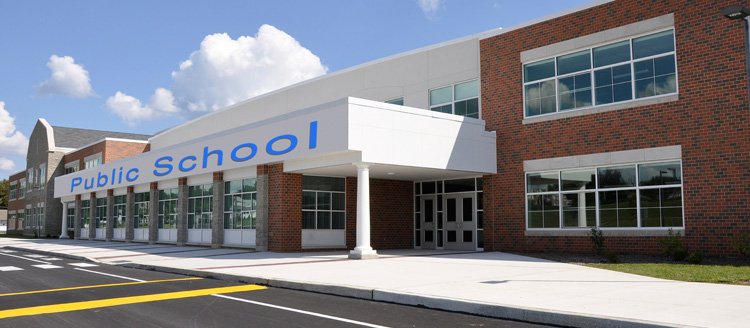Public schools are educational institutions funded by the government, typically through taxpayer dollars. They are open to all students within their jurisdiction, regardless of their family’s income or ability to pay tuition.
Key characteristics of public schools:
- Government funding: Public schools are funded by federal, state, and local governments.
- Free education: Public schools are typically free to attend.
- Open enrollment: Public schools are generally open to all students within their jurisdiction.
- Standardized curriculum: Public schools often follow a standardized curriculum that is set by the state or district.
- Accountability: Public schools are held accountable for student achievement and performance.
Types of public schools:
- Elementary schools: For children ages 5-11.
- Middle schools: For children ages 11-14.
- High schools: For teenagers ages 14-18.
- Charter schools: Public schools that operate independently of the local school district, often with a specific focus or mission.
- Magnet schools: Public schools that specialize in a particular subject or area of study, such as the arts, sciences, or technology.
Benefits of public schools:
- Affordability: Public schools are a free option for families.
- Quality education: Many public schools offer high-quality education and opportunities for students to succeed.
- Diversity: Public schools often serve a diverse student population, which can help students develop cultural awareness and tolerance.
- Community involvement: Public schools are often deeply involved in the local community, providing opportunities for parents and volunteers to participate.
Would you like to know more about a specific type of public school or the challenges and benefits of public education?










+ There are no comments
Add yours